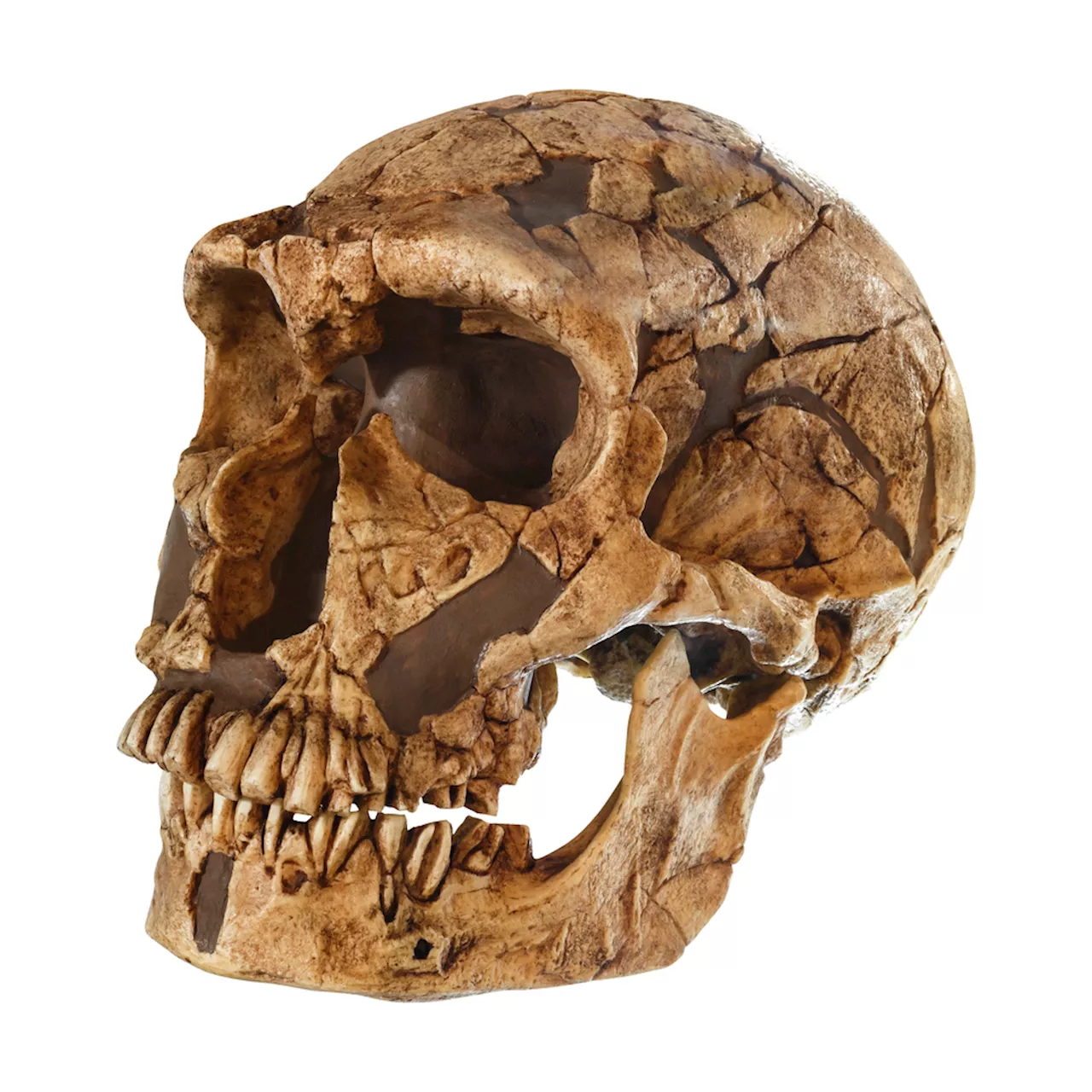Neanderthal discoveries over the past century and a half have transformed our understanding of these ancient relatives, revealing them to be a species with social bonds, adaptability, and ingenuity.
When most people think of Neanderthals , they picture a classic caveman caricature — brutish and backward, a relic of the distant past. But this image doesn’t tell the whole story. Fossil discoveries have helped rewrite the story of Neanderthals , revealing them not just as survivors but a species with social bonds, adaptability, and ingenuity. In 1856, workers in Germany’s Neander Valley unearthed a skullcap and scattered bones that defied expectations.
The remains were clearly human-like, yet strikingly different from anything researchers had seen before. This find became a turning point in our understanding of human origins. It challenged long-held beliefs about humanity’s uniqueness and sparked debates about evolution that would shape the emerging field of paleoanthropology. High in Iraq’s Zagros Mountains, Shanidar Cave revealed a tender side of Neanderthal life. The burial of Shanidar 4, sparked theories about symbolic rituals. While debated, the find hints that Neanderthals may have buried their dead with intention. Another skeleton from the cave shows healed injuries, suggesting long-term care for the injured. These discoveries challenged stereotypes, and revealed a species capable of deep social bonds. When archaeologists in France uncovered a nearly complete skeleton of an elderly Neanderthal male in 1908, they were confronted with new questions about the specie
NEANDERTHALS HUMAN EVOLUTION ARCHAEOLOGY FOSSIL DISCOVERIES ANCIENT HISTORY
United States Latest News, United States Headlines
Similar News:You can also read news stories similar to this one that we have collected from other news sources.
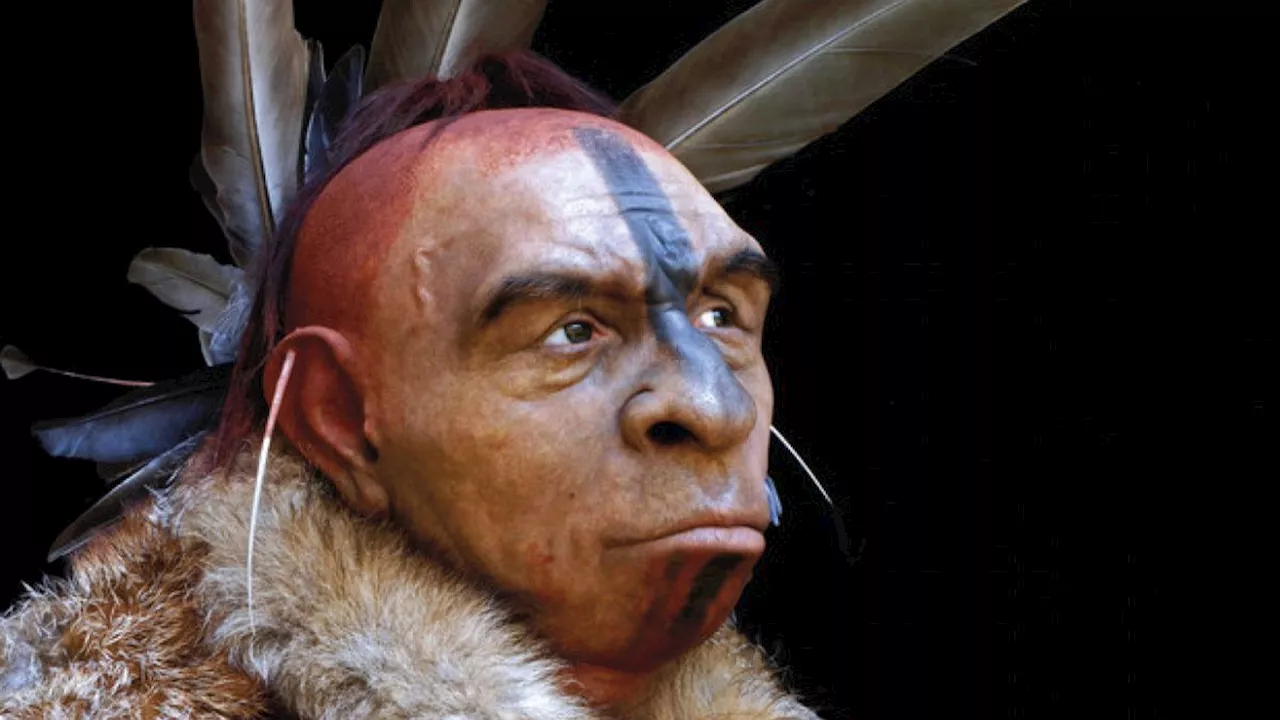 10 fascinating discoveries about Neanderthals in 2024, from 'Thorin' the last Neanderthal to an ancient glue factoryKristina Killgrove is a staff writer at Live Science with a focus on archaeology and paleoanthropology news. Her articles have also appeared in venues such as Forbes, Smithsonian, and Mental Floss. Killgrove holds postgraduate degrees in anthropology and classical archaeology and was formerly a university professor and researcher.
10 fascinating discoveries about Neanderthals in 2024, from 'Thorin' the last Neanderthal to an ancient glue factoryKristina Killgrove is a staff writer at Live Science with a focus on archaeology and paleoanthropology news. Her articles have also appeared in venues such as Forbes, Smithsonian, and Mental Floss. Killgrove holds postgraduate degrees in anthropology and classical archaeology and was formerly a university professor and researcher.
Read more »
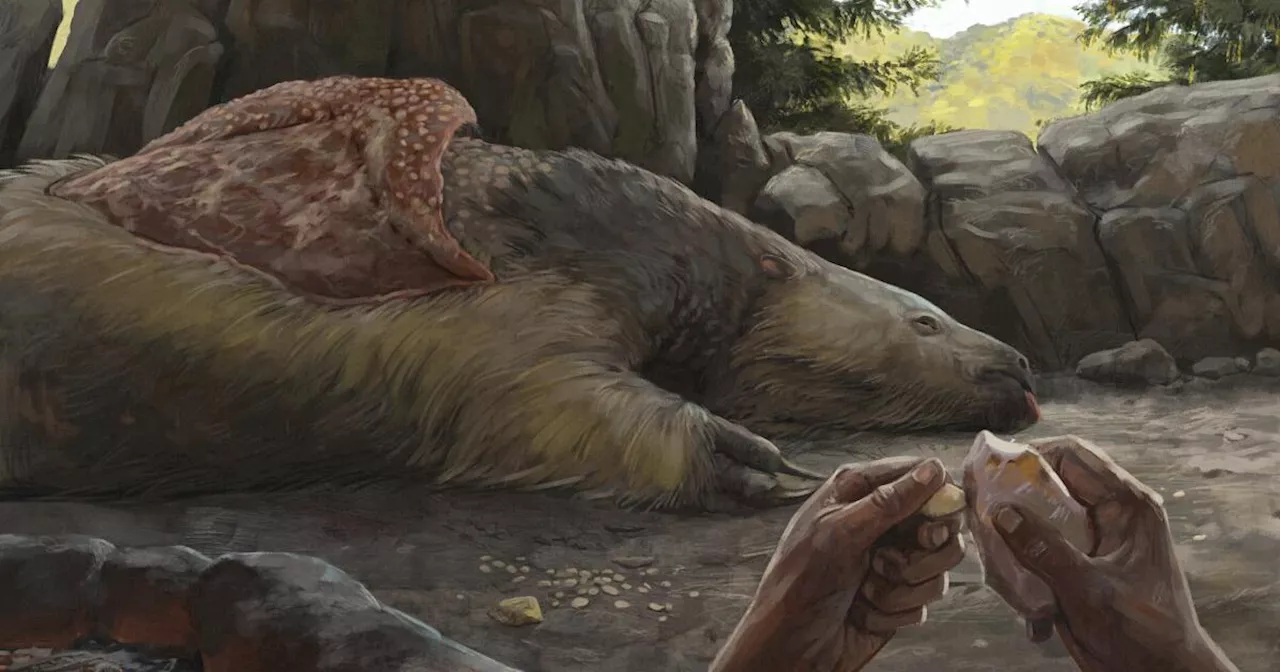 Mastodons and 4-ton sloths lived with humans for millennia in the Americas, new discoveries suggestNew discoveries from several archaeological sites in North and South America suggest that ancient people first arrived in the New World much earlier than scientists once thought.
Mastodons and 4-ton sloths lived with humans for millennia in the Americas, new discoveries suggestNew discoveries from several archaeological sites in North and South America suggest that ancient people first arrived in the New World much earlier than scientists once thought.
Read more »
 Giant sloths and mastodons co-existed with humans for millennia in Americas, new discoveries suggestNew discoveries from several archaeological sites in North and South America suggest that ancient people first arrived in the New World much earlier than scientists once thought.
Giant sloths and mastodons co-existed with humans for millennia in Americas, new discoveries suggestNew discoveries from several archaeological sites in North and South America suggest that ancient people first arrived in the New World much earlier than scientists once thought.
Read more »
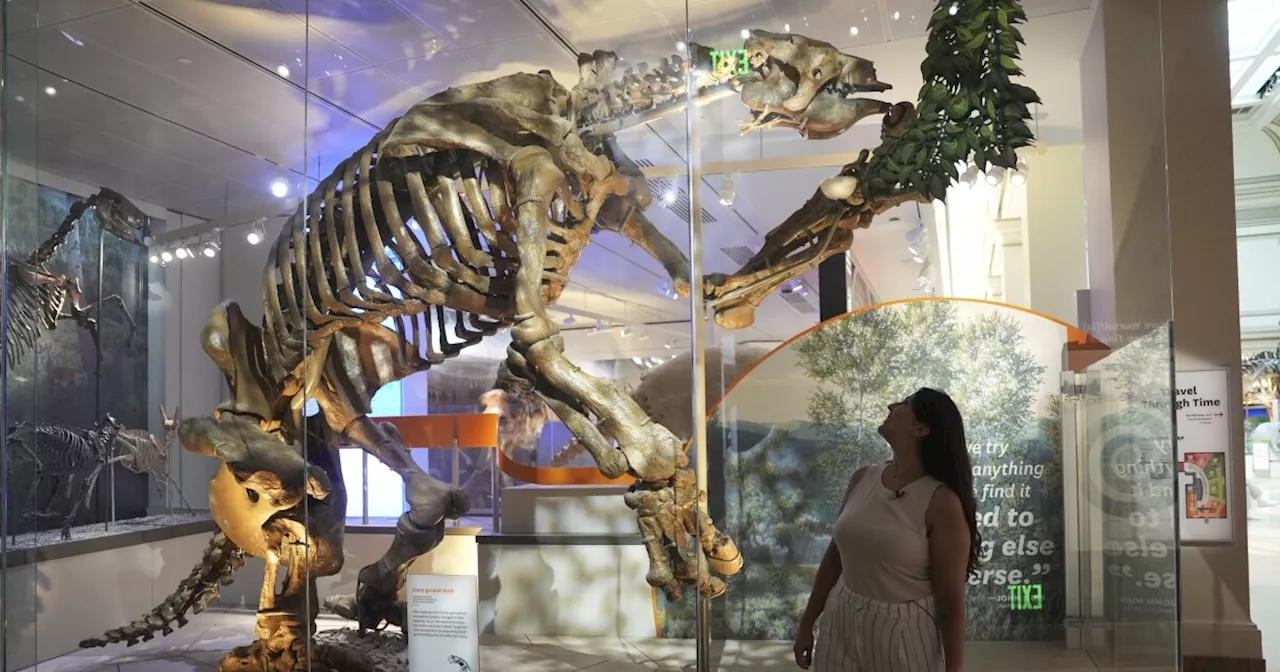 Giant sloths and mastodons coexisted with humans for millennia in Americas, new discoveries suggestNew findings hint that early Americans may have spent millennia sharing prehistoric savannas and wetlands with enormous beasts.
Giant sloths and mastodons coexisted with humans for millennia in Americas, new discoveries suggestNew findings hint that early Americans may have spent millennia sharing prehistoric savannas and wetlands with enormous beasts.
Read more »
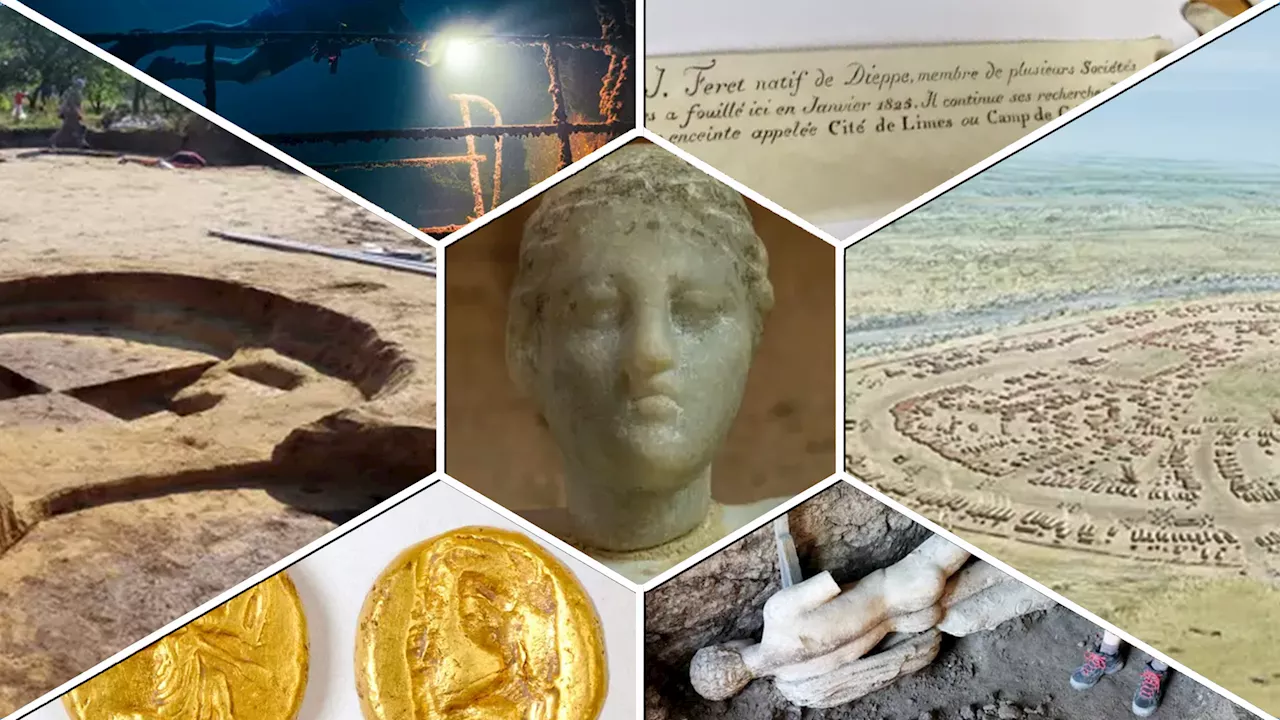 2024: A Year of Extraordinary Archaeological DiscoveriesThis year has seen remarkable archaeological finds that challenge conventional wisdom about human history. From a 6,000-year-old city in Ukraine to a 5,600-year-old stone bridge in Spain, these discoveries offer glimpses into the past and reshape our understanding of ancient civilizations.
2024: A Year of Extraordinary Archaeological DiscoveriesThis year has seen remarkable archaeological finds that challenge conventional wisdom about human history. From a 6,000-year-old city in Ukraine to a 5,600-year-old stone bridge in Spain, these discoveries offer glimpses into the past and reshape our understanding of ancient civilizations.
Read more »
 9 of the Most Remarkable Scientific Discoveries of 2024Discover the new planets, moons, health advances, and ancient history uncovered in 2024.
9 of the Most Remarkable Scientific Discoveries of 2024Discover the new planets, moons, health advances, and ancient history uncovered in 2024.
Read more »
